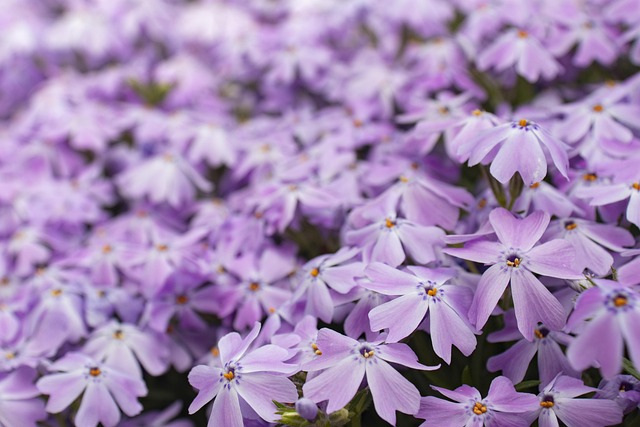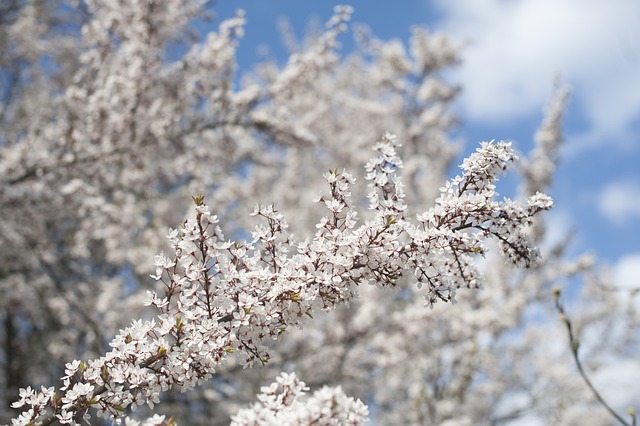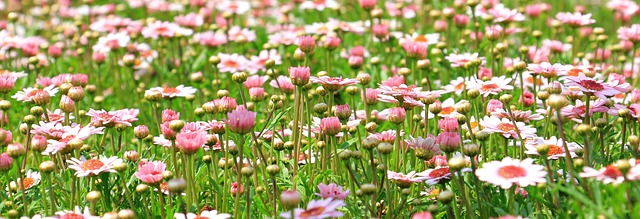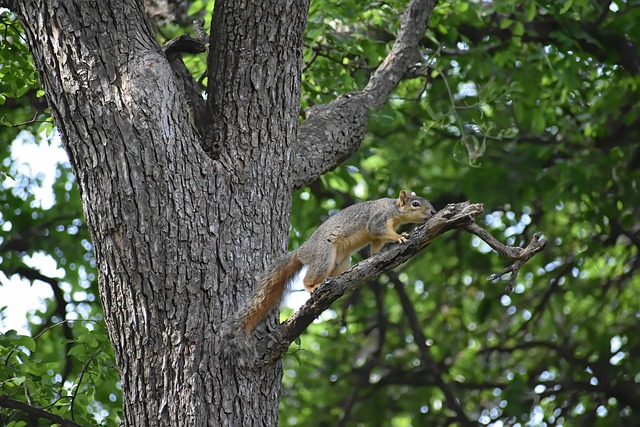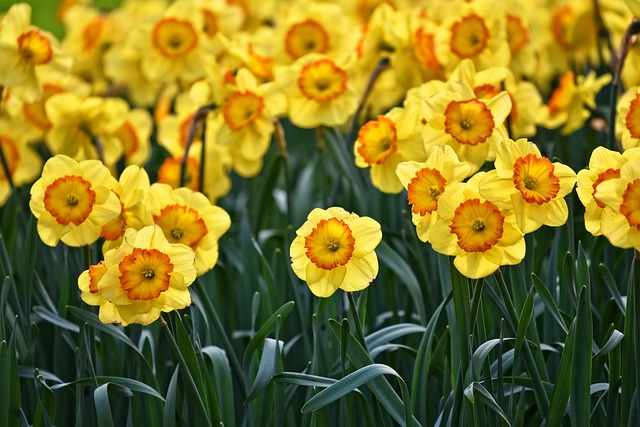Botanical gardens, with their scenic landscapes as living classrooms, offer unique educational programs through hands-on activities like seed planting and plant identification. This interactive approach promotes environmental awareness, sensory engagement, and stewardship for our natural world, catering to diverse learning styles. Technological innovations like AR and VR further enhance learning experiences, while scenic landscapes provide ideal spaces for STEM education and community outreach programs focused on conservation and sustainability.
Botanic gardens, with their lush diversity and serene beauty, serve as unparalleled educational hubs. This article explores innovative programs that harness the power of these green oases for learning. From hands-on activities engaging students in exploration to utilizing scenic landscapes as outdoor classrooms, we delve into strategies enhancing environmental education. Interactive displays, STEM integration, community outreach, and sustainability initiatives further showcase how botanic gardens foster a deep connection with nature and inspire future conservationists.
- Engaging Students Through Hands-on Activities
- Utilizing Scenic Landscapes for Educational Purposes
- Incorporating Interactive Displays and Technologies
- Facilitating STEM Learning in Botanic Gardens
- Community Outreach Programs for Environmental Education
- Promoting Sustainable Practices and Conservation Efforts
Engaging Students Through Hands-on Activities

Botanical gardens offer a unique and captivating setting for educational programs, with their scenic landscapes serving as living classrooms. Engaging students through hands-on activities in this tranquil environment fosters a deeper connection to nature and enhances learning experiences. Students can get up close and personal with a diverse array of plant species, participating in tasks such as seed planting, propagation, and identifying different flora. These interactive sessions not only spark curiosity but also instill an appreciation for the intricate details of botanical wonders.
The hands-on approach allows educators to tailor lessons to various age groups and learning styles, making complex botanical concepts accessible and enjoyable. Students can explore the garden’s nooks and crannies, discovering hidden treasures like rare succulents or indigenous trees. Such activities promote environmental awareness, encourage observation skills, and foster a sense of stewardship for our natural world, all while providing a refreshing alternative to traditional classroom settings.
Utilizing Scenic Landscapes for Educational Purposes
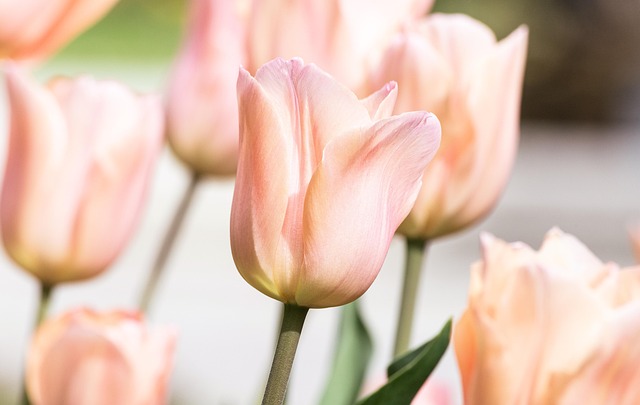
Botanical gardens, with their lush and diverse plant collections set within stunning scenic landscapes, offer a unique environment for education beyond traditional classroom settings. These natural spaces serve as living classrooms, providing an opportunity for learners to connect directly with plants and their ecosystems. By incorporating scenic landscapes into educational programs, botanic gardens can create engaging and immersive experiences that foster curiosity and deepen understanding of botany, ecology, and conservation.
Scenic landscapes play a pivotal role in enhancing the learning journey by offering diverse habitats and visual stimuli. Students can explore various plant communities, from tropical rainforests to desert scrublands, all within walking distance. This sensory engagement encourages active learning as students observe plant adaptations, identify different species, and gain insights into their ecological roles. The beauty of these landscapes not only captivates learners but also serves as a powerful tool for teaching complex botanical concepts in a memorable and accessible manner.
Incorporating Interactive Displays and Technologies
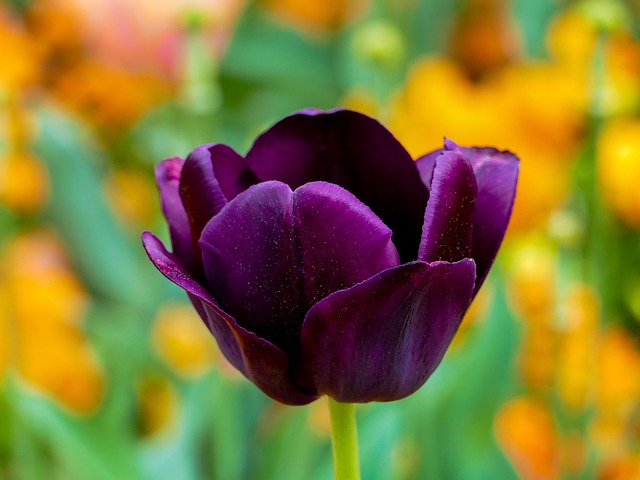
Botanical gardens have evolved from serene, quiet spaces into vibrant educational hubs, incorporating interactive displays and technologies to enhance visitor experiences and promote learning. These innovative approaches transform the traditional scenic landscapes into dynamic environments where visitors can actively engage with plants. Interactive exhibits featuring touchscreens, augmented reality (AR), and virtual reality (VR) allow folks of all ages to explore plant biology, ecology, and conservation in immersive ways.
For instance, AR applications can bring plants to life by displaying detailed information about species, their habitats, and unique characteristics right on the visitor’s smartphone as they scan different flora. Similarly, VR technologies offer virtual tours of distant ecosystems, enabling folks to appreciate the interconnectedness of global botanies without leaving the garden. These engaging tools not only make learning fun but also foster a deeper understanding and appreciation for the rich tapestry of plant life found in these beautiful scenic landscapes.
Facilitating STEM Learning in Botanic Gardens
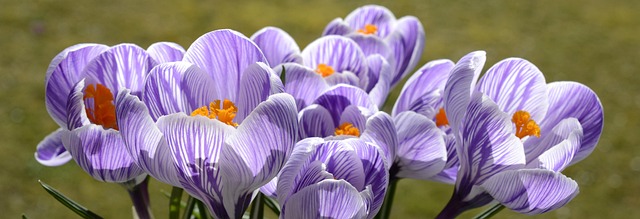
Botanic gardens, with their scenic landscapes and diverse plant collections, offer an unparalleled setting for facilitating STEM (Science, Technology, Engineering, and Mathematics) learning. Students can explore the intricate relationships between plants, animals, and their environment, fostering a deeper understanding of ecological principles. By engaging with live exhibits and interactive displays, learners can apply STEM concepts in practical ways. For instance, they might study the engineering marvels of plant structures or investigate technological advancements in sustainable gardening practices.
These gardens also provide opportunities for hands-on learning experiences, such as conducting scientific experiments, measuring environmental data, or designing ecosystem models. The natural setting encourages curiosity and critical thinking, allowing students to connect theoretical knowledge with real-world applications. Moreover, the peaceful ambiance of botanic gardens can create a conducive learning environment, helping students focus on complex STEM topics while enjoying the beauty of nature.
Community Outreach Programs for Environmental Education

Community outreach programs play a vital role in botanic gardens’ mission to educate and inspire. These initiatives aim to foster environmental consciousness among diverse audiences, especially local communities, by offering interactive workshops, guided tours, and hands-on activities centered around the beautiful scenic landscapes of the garden. Through these programs, visitors gain a deeper understanding of plant ecology, conservation efforts, and sustainable practices, all while enjoying the tranquil settings of the botanical oasis.
By engaging folks in meaningful conversations about nature’s wonders, these outreach programs encourage environmental stewardship. The scenic beauty of botanic gardens serves as a natural classroom, where folk can learn about the intricate relationships between plants, animals, and their habitat. This educational approach ensures that the love for nature is nurtured and passed on to future generations, fostering a sense of responsibility towards preserving our planet’s precious biodiversity.
Promoting Sustainable Practices and Conservation Efforts
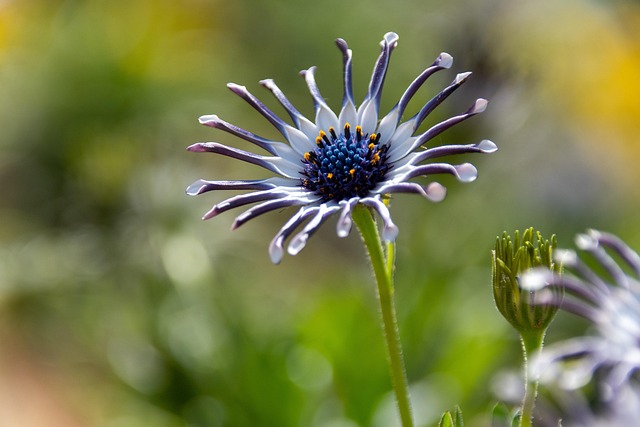
Botanical gardens, with their scenic landscapes and diverse plant collections, serve as more than just tranquil green spaces. They play a crucial role in promoting sustainable practices and conservation efforts. By showcasing the beauty and importance of various plant species, these gardens raise awareness among visitors about environmental stewardship. Educational programs offered within botanical gardens often include workshops on eco-friendly gardening techniques, native plant cultivation, and water conservation—all aimed at empowering individuals to make more sustainable choices in their daily lives.
Furthermore, botanic gardens contribute to global conservation initiatives by preserving rare and endangered plant varieties. Their controlled environments allow for the study and protection of these plants, ensuring their survival for future generations. The scenic landscapes within these gardens also serve as living classrooms, providing hands-on learning experiences for students and visitors alike, fostering a deeper connection with nature and an appreciation for the delicate balance of ecosystems.









